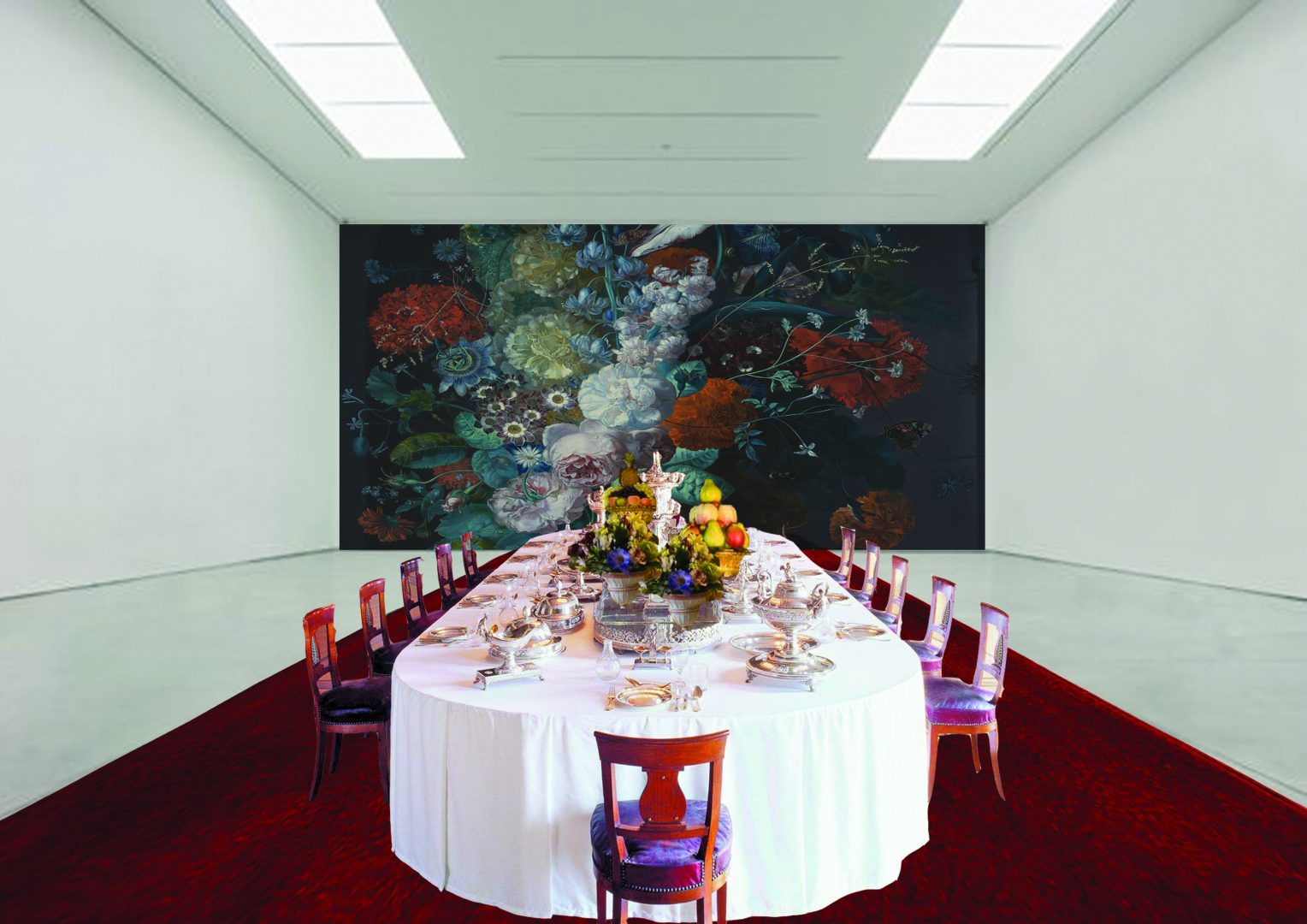The Open Call for the Social Art Award 2019 under the topic “We are the People – Peaceful Revolutions” was closed on December 15, 2019. We are very impressed by 558 submissions that were contributed by artists coming from 65 countries across all continents.
The winners of The Social Art Award 2019 are Narcissa Gold (USA), Melinda Mouzannar (Lebanon) and Bogna Grazyna Jaroslawski (Poland/Germany). The Honorary Mention goes to Kingson Kin Sing Chan (Hong Kong/UK).
Below you find the artworks, that passed the initial jury round. The public voting took place till 30 December and is a tool to give more public visibility to the topic and the artworks. It does not replace the final jury judgment. There were two wildcards for the most voted artworks that entered the final shortlist.
The focus diversity of applications shows that artists are active in the multi-faceted fields of socially engaged art reflecting on wars, genocides, femicides, traumata, violence against refugees, children, women, men, disabled people, LGBTIQs, animals. They share feelings for the planet and its living species, but also showing hopelessness due to complex crises be it climate change (e.g. in regard to water pollution), capitalism, corruption, a violation against human rights, nature, protected national parks. Many of the artists are constantly trying to give a voice to the poorest or empower unheard social groups.
It’s not only about peaceful revolutions, but it’s also about feeling a deep connection and showing love and respect for each other.
Thank you all for sharing your great and inspirational work and look at all the great contributions!
The Great Supper
Julia Zsuzsanna Vegh
open category
As a global symbol for freedom and peace, my vision is the creation of ‘The Great Supper’ - a public art installation that not only represents a peaceful revolution of gathering to a table as one, but through audience participation leads to genuine change and social impact, exchanging divided societies for peace. Inspiration behind the concept of ‘The Great Supper’ is taken from Vanitas artwork, and as part of the art installation - a grand setting of a dinner feast is present - the partaker is reminded of the fragility of life, mortality and the importance of standing (in this case, sitting) united for a positive future. ‘The Great Supper’ is a clear and honest gesture: an invitation to be seated at a table together for a meal, where everyone is equal, differences fade, with the distribution of food from across the globe, pathing the way to societal integration. The platform of ‘The Great Supper’ gives the opportunity to showcase the power of social art and the power of many, where the audience can create, communicate and display peace through the act of taking part in a peaceful great dinner. The installation will give free access to all, regardless of differences, to participate in the meal. The surreal setting of a grandiose table, overflowing with food, can almost be seen as grotesque, however only to do so by reflecting on the worthlessness of worldly goods and pleasures, and the importance of the fragility of life, peace and social art. The installation would consist of a large red carpet, with a dining table placed on top, set in front of the main wall covered by an enlarged version of the Margareta Haverman painting, A Vase of Flowers (1716) - as if the audience was a part of the painting too. My goal is to create a setting of peace, but which can only be achieved through a peaceful revolution, and the act of joint participation. How can art catalyze change? Art is capable of creating change, and the aim of ‘The Great Supper’ is to do just that. The installation has performance-like characteristics, and with the positive benefits of eating together backed by both science and sociology, the opportunity of eating together at a table can create an impact, as it is the basis of a healthy society. The calming process of eating together is the glue that holds and brings together communities, enabling peace, freedom and ‘The Great Supper’ can be a catalyst for the utopia for change.
As a global symbol for freedom and peace, my vision is the creation of ‘The Great Supper’ - a public art installation that not only represents a peaceful revolution of gathering to a table as one, but through audience participation leads to genuine change and social impact, exchanging divided societies for peace. Inspiration behind the concept of ‘The Great Supper’ is taken from Vanitas artwork, and as part of the art installation - a grand setting of a dinner feast is present - the partaker is reminded of the fragility of life, mortality and the importance of standing (in this case, sitting) united for a positive future. ‘The Great Supper’ is a clear and honest gesture: an invitation to be seated at a table together for a meal, where everyone is equal, differences fade, with the distribution of food from across the globe, pathing the way to societal integration. The platform of ‘The Great Supper’ gives the opportunity to showcase the power of social art and the power of many, where the audience can create, communicate and display peace through the act of taking part in a peaceful great dinner. The installation will give free access to all, regardless of differences, to participate in the meal. The surreal setting of a grandiose table, overflowing with food, can almost be seen as grotesque, however only to do so by reflecting on the worthlessness of worldly goods and pleasures, and the importance of the fragility of life, peace and social art. The installation would consist of a large red carpet, with a dining table placed on top, set in front of the main wall covered by an enlarged version of the Margareta Haverman painting, A Vase of Flowers (1716) - as if the audience was a part of the painting too. My goal is to create a setting of peace, but which can only be achieved through a peaceful revolution, and the act of joint participation. How can art catalyze change? Art is capable of creating change, and the aim of ‘The Great Supper’ is to do just that. The installation has performance-like characteristics, and with the positive benefits of eating together backed by both science and sociology, the opportunity of eating together at a table can create an impact, as it is the basis of a healthy society. The calming process of eating together is the glue that holds and brings together communities, enabling peace, freedom and ‘The Great Supper’ can be a catalyst for the utopia for change.



